Eczema, medically known as atopic dermatitis, is a chronic skin inflammatory condition affecting millions worldwide. You know how depressing it can be if you're one of them. Most probably, you've tried everything, but nothing seems to be effective. Unfortunately, there is a lack of clear understanding about eczema treatment, and the available options are ineffective. But, there is more good news for those who suffer from eczema - new clinical findings indicate that red light therapy could be the solution to treat eczema. RLT has been demonstrated to reduce itching, redness, and inflammation, by reducing the appearance of skin rashes and flaking.
I know you're wondering how it works. And what can you expect if you choose to give it a shot? This article addresses the tips with promising clinical evidence that red light therapy can treat eczema effectively and non-invasively without the side effects of common prescription drugs.

Tip 1: Understand Red Light Therapy Science
Red light therapy (RLT) is considered an effective treatment for managing eczema symptoms due to its ability to penetrate the deep skin layers and stimulate cellular activity. Mitochondrial stimulation causes increased ATP production. This enhanced energy production decreases inflammation, promotes collagen production, and accelerates cell regeneration and repair. This improved skin barrier allows your skin to retain moisture more effectively and provides better protection against irritants that can trigger eczema outbreaks.
Red light therapy wavelengths for skin health generally fall between 630-660 nanometers, while near-infrared light ranges between 810-850 nanometers. Longer wavelengths penetrate deeper tissues, while shorter wavelengths work well for problems with the skin's surface. This targeted approach helps to treat a variety of skin disorders-including deeper layers affected by eczema-more successfully.
Traditional light therapies, like UV therapy, have been used to treat skin conditions, but they have significant side effects, including skin aging and an increased risk of skin cancer. In contrast, red light therapy is a safer alternative with few side effects. Since it doesn't contain UV rays, it is an excellent choice for the long-term treatment of skin disorders, including eczema and other sensitive conditions.
Tip 2: Consult with a Skin Specialist
Recent research on red light therapy shows promising results. However, it's recommended to consult a professional before starting treatment.
- A dermatologist can guide you about how the therapy works, what to expect during sessions, and what the possible outcomes are.
- When you visit your dermatologist, he/she checks the severity and specific properties of your eczema. After the discussion, they will let you know whether red light therapy is a suitable approach for you.
- If it's suitable for you, they can also provide personalized treatment plans, including wavelength range, dosage, duration, etc., accordingly.
Tip 3: Getting the Right RLT Device
Choosing the right device might be confusing for you. Here are some factors you need to consider while buying a red light therapy device.
- Please select a device that emits light in the range of 660nm to 850nm so that it can penetrate deeper and affected tissues.
- Studies suggest that devices with a moderate intensity range might be optimal.
- Look for FDA-approved devices.
- Check the product warranty and customer reviews of the brand.
- Select the size of the device according to the treatment area. For widespread eczema, a larger panel device might be a good choice. For targeted areas, a smaller hand-held device is sufficient.
- Check for user-friendly features like timers, adjustable stands, and comfortable positioning options.
- Purchase devices with safety features like automatic shut-off timers and eye protection.
Tip 4: Adding to eczema care routine
- The effectiveness of red light therapy treatment sessions depends on duration and frequency.
- It is recommended to receive a few therapy sessions per week, each lasting approximately 10 to 20 minutes. The exact regimen, however, may differ depending on the needs of each individual and the severity of the eczema.
- Consistency is key regular sessions are necessary to achieve the desired outcomes.
- Red light therapy must be customized to each patient's needs for maximum benefits.
- Various factors like skin type, the severity of the eczema, and each patient's reaction to the therapy can impact the efficacy of RLT.
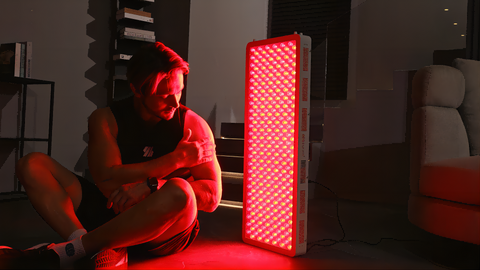
Tip 5: Combination with Topical Treatments
You might be thinking, what if you combine topical treatments with red light therapy? You'll be surprised that it works best with other treatments and lifestyle changes for eczema patients.
- When combined with prescribed medications, the anti-inflammatory properties of red light therapy function more effectively to manage flare-ups. So, if you combine complementary therapies such as moisturizing mild skin cleansers and avoiding skin irritants, you can augment the benefits of red light therapy.
- Apart from this, lifestyle modifications such as stress management, a balanced diet, and avoiding extreme temperatures can significantly help with eczema management.
Tip 6: Track Progress
- Regularly keeping a note of any symptom improvement is vital if you're receiving RLT.
- Monitoring allows you to adjust treatment intensity, duration, and frequency.
- Change the therapy parameters according to the skin's needs to get maximum benefits.
- Schedule regular check-ups with your dermatologist to discuss your progress and treatment plans.
Tip 7: Side Effects
- RLT is safe,but some people may experience skin tenderness and mild redness within 24 hours of treatment. The good news is - it fades away quickly.
- Skin dryness can happen briefly, so using any moisturizer after each session is better.
- Atopic dermatitis flares up in some people right after receiving therapy. However, you can control it by adjusting the dose and using moisturizers and topical corticosteroids.
- Strictly follow the manufacturer's instructions for proper use and dosage.
- Wear eye protection to shield them from direct light exposure.
- Avoid sunlight, sunbathe for several days following treatment, and don't forget to apply sunscreen regularly.
Conclusion
Red light therapy isn't just a medical advancement; it's the most suitable treatment option for eczema patients. It acts as an alternative for those who are looking for a more natural approach to skincare or who have struggled with the side effects of conventional treatments. However, it's important to stick to a regular schedule because inconsistent treatment fails to achieve the desired outcomes. You should consult your doctor to create a schedule that fits your lifestyle to get maximum benefits.
After reading this article, you know how red light therapy helps manage your eczema. Have you ever tried red light therapy for eczema? If yes, share your experience with us. You may ask any questions you might have in the comments section below.
For more detailed information, you can visit the National Eczema Society!



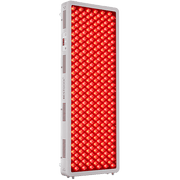








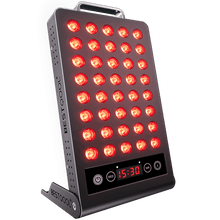
 Small
Small
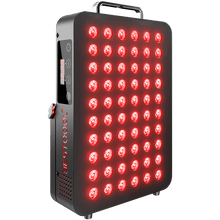
 Moderate
Moderate
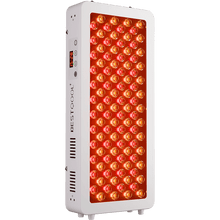
 Moderate
Moderate
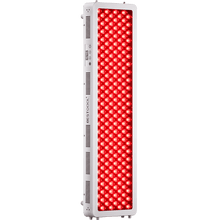
 Moderate
Moderate
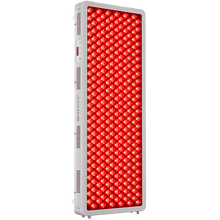
 Full
Full



